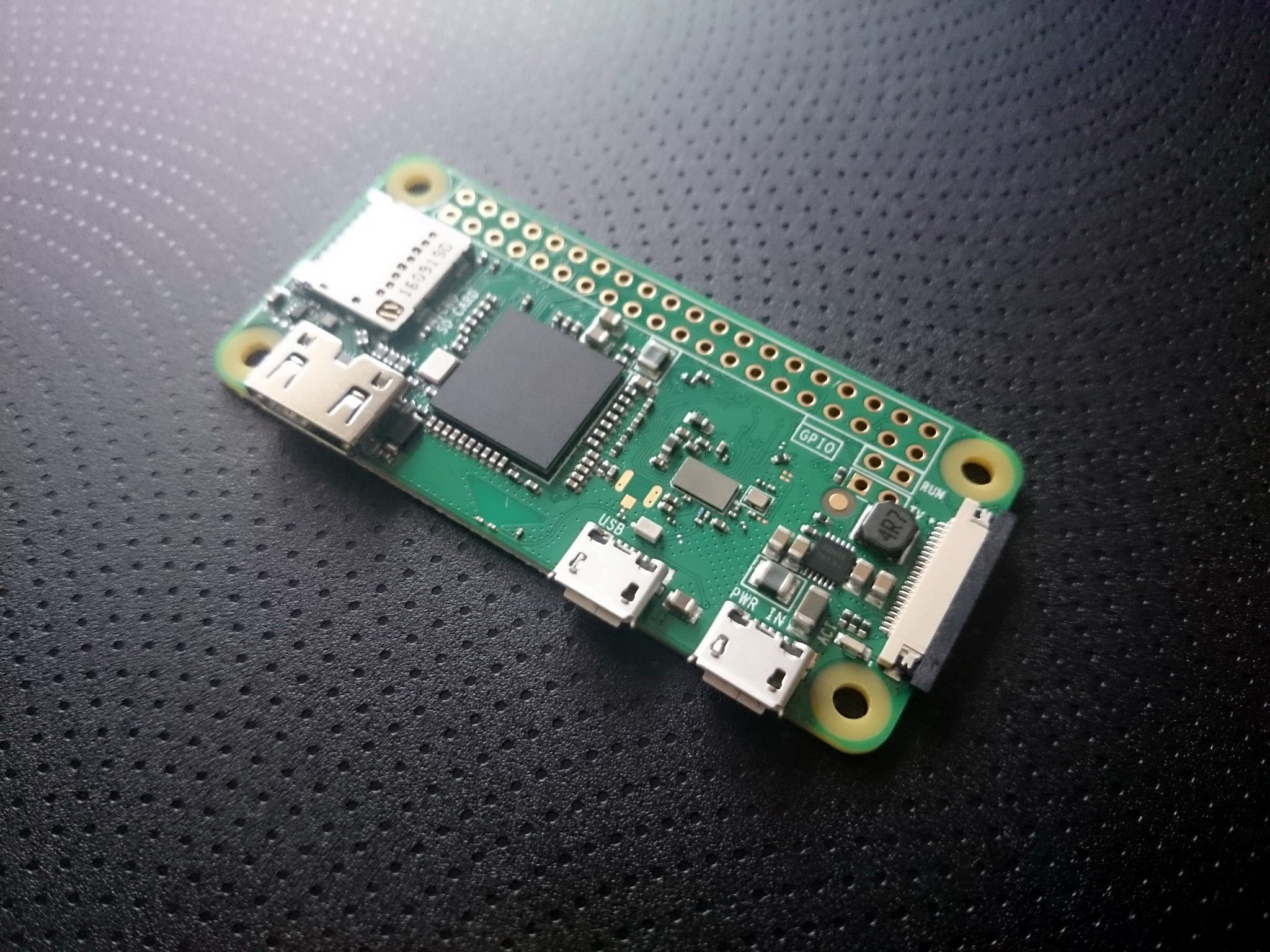
To add the MQTT sensors that are going to use the device tracking information from Monitor, we have to edit the Home Assistant configuration a bit. Woohoo you now have the most popular MQTT Broker installed. Sudo apt-get install -f libmosquitto-dev mosquitto mosquitto-clients libmosquitto1 Log in again and install Mosquitto by executing this: # get Mosquitto repo key The above commands will be executed one-by-one and finally you Raspberry will reboot. Update and upgrade your Raspberry OS by executing the following: sudo apt-get update & sudo apt-get upgrade -y & sudo apt-get dist-upgrade -y & sudo reboot To find the Raspberry IP check your router interface for the connected clients. Default user is pi and default password is raspberry. Let’s install it.Ĭonnect to the Raspberry Pi using SSH: ssh above is valid for Linux/macOS. It is needed for the Monitor script to communicate with the rest of the world and to announce who’s home and who’s not. Mosquitto is one of the most popular MQTT brokers available.

We are not going to make the Raspberry waiting too much, because we will install Mosquitto. Okay, we have our Raspberry Pi Zero W up and running and ready to work.



 0 kommentar(er)
0 kommentar(er)
